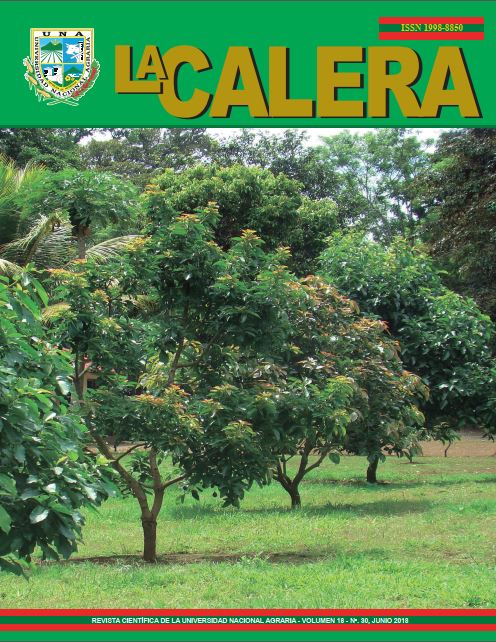Origins of entomology in Nicaragua and its influences, period 1835-1930
DOI:
https://doi.org/10.5377/calera.v18i30.7741Keywords:
Butterflies, glass wings, entomological fauna, capture, collection, identificationAbstract
This paper analyzes levels of development, trends, scientific influences and contributions to Nicaraguan Entomology, between 1835 and 1930. At that time, the naturalists who came to Nicaragua had general training in biology and other natural sciences. European entomologists saw the possibility of doing exploratory works and massive collections in the American continent. They focused on observations and description of the flora found; some of the insects that received more attention were butterfl ies, as organisms associated with flowering plants of striking color. Thomas Belt, 1843, English naturalist, after five years of exploring Nicaragua, in Santo Domingo, Chontales, managed to collect insects, among them the “wings of glass butterfly” Ithomia heraldica Bates, 1866. Local knowledge of the entomological fauna, generated by national entomologists, was concentrated in a limited group of insect orders. Diocleciano Chávez as an entomologist became more interested in butterflies and beetles, managing to form an important collection as a result of explorations carried out in different areas of the country. In addition, Miguel Ramirez Goyena made clear the reference and the technical quality on which scientific publications should be developed in the country. These entomologists with a practically self-taught preparation, promoted the first initiatives to capture, collect and identify insects, facing serious limitations of resources and logistical support.
Downloads
806
HTML (Español (España)) 742

